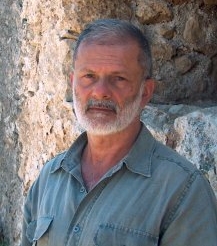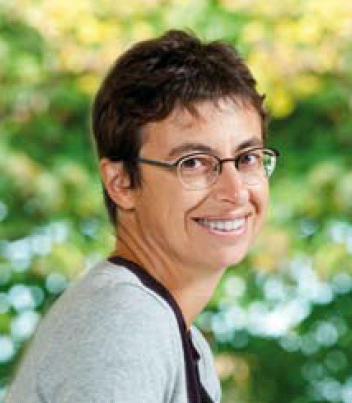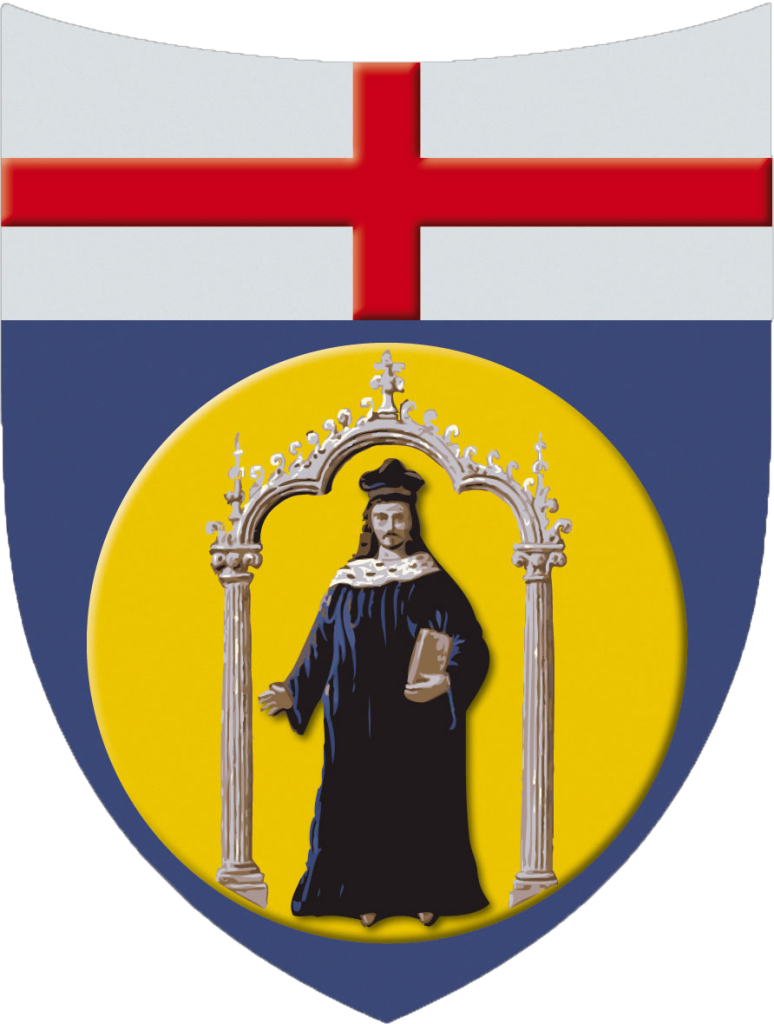Talks and Posters
| The best oral presentation and the poster will receive an award, sponsored by GIRPR "Gruppo Italiano Ricercatori in Pattern Recognition", which consists of a cash price of 250 euro. The award will be conferred at the end of the School. The name of the winners will be published in the GIRPR Newsletter and on this webpage. |
 |
Oral presentation.
Each speaking slot is 25 minutes long. Your presentation should last 20 minutes, leaving time for questions and transitions between speakers. Speakers will receive a detailed schedule in the next few days. Once you have been assigned to a session, please meet the organizers before your session begins. This will give you time to test your laptop and slides. It will also give you a chance to tell them who will be giving the talk and to help them pronounce your name correctly.
Confirmed Speakers:
Poster Session
The poster session will be held on Wednesday, Feb. 11, 2015 between 16:30-20:00.
The size of your poster should be A1 (no more than 30 inches wide and 48 inches tall). We will provide you with a backing board of this size along with binder clips to hold the posters to it. Please do not make a poster larger than the recommended size. In order to help you interact with the people who view your poster, you should prepare a short oral presentation of about 2 or 5 minutes .
Below, we provide some information that will help you with the preparation of the poster.
Confirmed Posters:
The title of your poster should appear at the top in CAPITAL letters about 25mm high. Below the title put the author(s)' name(s) and affiliation(s). The flow of your poster should be from the top left to the bottom right. Use arrows to lead your viewer through the poster. Use color for highlighting and to make your poster more attractive. Use pictures, diagrams, cartoons, figures, etc., rather than text wherever possible. Try to state your main result in 6 lines or less, in lettering about 15mm high so that people can read the poster from a distance. The smallest text on your poster should be at least 9mm high, and the important points should be in a larger size. Use a sans-serif font (such as "cmss" in the Computer Modern family or the "Helvetica" PostScript font) to make the print easier to read from a distance. Make your poster as self-explanatory as possible. This will save your efforts for technical discussions. You may bring additional audio or visual aids to enhance your presentation.
Talks
List of participants
Abdelrazek Ahmed
Balletti Gabriele
Belchi Guillamon Francisco
Carrega Alessio
Centin Marco
Chatterjee Subarna
Chattopadhyay Amit
Chere Nega
Clark Timothy
Comic Lidija
D’Alì Alessio
Deniz Zakir
Di Fabio Barbara
Di Marca Michela
Dubut Jeremy
Dvirnas Albertas
Ferrucci Emilio
Grosdos Koutsoumpelias Alexandros
Guidolin Andrea
Gutierrez Barbara
Hashemi Eliza
Isal Hanife
Ishaq Muhammad
Jelic Marija
Kaluba Marek
Lason Michal
Mahler Barbara
Mondejar Diego
Nazem Soroosh
Nguyen Tuong-Bach
Ornek Turkmen
Otter Nina
Owis Ashraf
Owusu-Mensah Isaac
Palezzato Elisa
Patania Alice
Pilarczyk Pawel
Raccichini Giovanni
Rovelli Martina
Sarmiento Camilo
Sbarra Enrico
Scaramuccia Sara
Schubel Mark
Scoville Nicholas
Stonek Bruno
Strazzanti Francesco
Tatakis Christos
Torielli Michele
Villa Andrea
Viola Caterina
Wafia Boubguira
Wenzel Ansgar
Zeidler Rudolf
Zielenkiewicz Magdalena
Registration
Conference registration is open from now to December 15, 2014. Registration is free of charge.
A limited number of travel grants are available for students and young researchers. The grant consists of a lump sum basically covering the accomodation expenses. In order to apply for a grant, please indicate so in the registration form.
Registration form
Generalized persistent homologies: G-invariant and multi-dimensional persistence
|
|
NEW - Papers: G-Invariant Persistence NEW - Slides: Introduction and Motivation, G-Invariant Persistence, Multi-Dimensional Persistence NEW - Exercises: Basic Persistence, G-Invariant Persistence, Multi-Dimensional Persistence Abstract:Persistent homology is currently a very popular tool for topological analysis of data in diverse disciplines. In its classical formulation, it yields invariants of scalar fields with respect to the action of a very broad set of transformations on the field's domain, that is the set of all self-homeomorphisms. This may restrict its use in applications, where vector fields occur more often than scalar fields, and the invariance group of interest is usually a more restricted group G. In this course two generalizations of persistent homology, the G-invariant persistence and the multi-dimensional persistence, are presented to overcome the aforementioned shortcomings of classical persistence. In particular, the focus will be on the associated invariants and their applications in shape comparison.Lecturer: Massimo FerriMassimo Ferri is the founder of the group of Visione Matematica born in the 90's with the aim of explore possible application of the geometry and of the topology in robotics and in pattern recognition.The group has been pioneer in the 0-dimensional persistent homology introducing the theory of the size functions. The group works in the network “Appliedand Computational Algebraic Topology (ACAT)”, supported by the European Science Foundation,which has the aim of encourage the creation of a research community integrated on topics of computational topology. Lecturer: Claudia Landi
Claudia Landi graduated in Mathematics in 1994 at the University of Bologna (Italy), and received the Ph.D. degree in Mathematics from the University of Pisa (Italy). She participates in research on pattern recognition with the Vision Mathematics Group of the University of Bologna, where she works mainly on topological shape analysis and comparison. Since 2005 she is assistant professor at the Department of Sciences and Methods for Engineering of the University of Modena and Reggio Emilia (Italy). Lecturer: Patrizio Frosini
Patrizio Frosini received the Ph.D. degree in Mathematics from the University of Florence in 1991. Since 1993, he has been assistant professor in the Faculty of Engineering at the University of Bologna; he's associate professor since 2014. He is a member of the Advanced Research Center on Electronic Systems for Information and Communication Technologies at the University of Bologna.
|






